

- RFQ
- BOM
-
Contact Us
Tel: +86-0755-83501315
Email: sales@sic-components.com
- Chinese
- English
- French
- German
- Portuguese
- Spanish
- Russian
- Japanese
- Korean
- Arabic
- Irish
- Greek
- Turkish
- Italian
- Danish
- Romanian
- Indonesian
- Czech
- Afrikaans
- Swedish
- Polish
- Basque
- Catalan
- Esperanto
- Hindi
- Lao
- Albanian
- Amharic
- Armenian
- Azerbaijani
- Belarusian
- Bengali
- Bosnian
- Bulgarian
- Cebuano
- Chichewa
- Corsican
- Croatian
- Dutch
- Estonian
- Filipino
- Finnish
- Frisian
- Galician
- Georgian
- Gujarati
- Haitian
- Hausa
- Hawaiian
- Hebrew
- Hmong
- Hungarian
- Icelandic
- Igbo
- Javanese
- Kannada
- Kazakh
- Khmer
- Kurdish
- Kyrgyz
- Latin
- Latvian
- Lithuanian
- Luxembou..
- Macedonian
- Malagasy
- Malay
- Malayalam
- Maltese
- Maori
- Marathi
- Mongolian
- Burmese
- Nepali
- Norwegian
- Pashto
- Persian
- Punjabi
- Serbian
- Sesotho
- Sinhala
- Slovak
- Slovenian
- Somali
- Samoan
- Scots Gaelic
- Shona
- Sindhi
- Sundanese
- Swahili
- Tajik
- Tamil
- Telugu
- Thai
- Ukrainian
- Urdu
- Uzbek
- Vietnamese
- Welsh
- Xhosa
- Yiddish
- Yoruba
- Zulu
- Kinyarwanda
- Tatar
- Oriya
- Turkmen
- Uyghur
What is Transceiver ICs?
A Transceiver IC (Integrated Circuit) ( https://www.sic-components.com/rf-receiver-transmitter-and-transceiver-finished ) is a semiconductor device that integrates both transmitter and receiver functionalities into a single chip, enabling bidirectional communication in electronic systems. It serves as a critical bridge between data processing units (e.g., microprocessors, FPGAs) and communication media (e.g., cables, wireless channels, optical fibers), facilitating the transmission and reception of signals while ensuring compatibility between different systems.
History of Transceiver ICs
The evolution of Transceiver ICs mirrors the growth of digital communication technologies:
Early Days (1970s–1980s): Early transceivers were discrete components, combining separate transmitter and receiver chips. Examples include early Ethernet transceivers for coaxial cables, such as the DEC Ethernet Transceiver.
Integration Era (1990s–2000s): As CMOS technology advanced, manufacturers began integrating transmit and receive functions onto a single chip, reducing size, power consumption, and cost. This coincided with the rise of Ethernet standards (10BASE-T, 100BASE-TX) and wireless protocols (Bluetooth, Wi-Fi).
High-Speed Era (2010s–Present): Demand for higher data rates (e.g., 10Gbps, 40Gbps, 100Gbps) in data centers and 5G networks drove the development of sophisticated Transceiver ICs supporting advanced modulation schemes (e.g., PAM4) and interfaces (QSFP, OSFP).
Definition and Primary Function
Definition: A Transceiver IC is an integrated circuit that combines a transmitter (to convert digital data into transmittable signals) and a receiver (to convert incoming signals back into digital data), often with additional features like signal conditioning, error correction, and protocol handling.
Primary Functions:
Signal Conversion: Translates digital data from a host device into analog signals for transmission (e.g., electrical, optical, or radio frequency signals) and vice versa.
Modulation/Demodulation: Applies modulation schemes (e.g., NRZ, PAM4, QAM) to encode data for efficient transmission and demodulates received signals.
Interface Adaptation: Bridges different physical layer standards (e.g., Ethernet, USB, PCIe) to ensure compatibility between the host and the communication medium.
Signal Conditioning: Amplifies, filters, and equalizes signals to mitigate noise and distortion during transmission and reception.
Components of a Transceiver IC
A typical Transceiver IC comprises several sub-modules:
Transmitter Section:
Data Encoder: Converts digital data into a format suitable for modulation (e.g., adding error-correcting codes).
Modulator: Applies modulation schemes (e.g., converting digital bits to analog voltage levels for electrical signals or optical power levels for fiber).
Driver Amplifier: Boosts the modulated signal to the required power level for transmission over the medium.
Receiver Section:
Low-Noise Amplifier (LNA): Amplifies weak incoming signals while minimizing noise.
Demodulator/Decoder: Recovers digital data from the received analog signal, correcting errors where possible.
Equalizer: Compensates for signal degradation (e.g., intersymbol interference) caused by channel loss or dispersion.
Control and Monitoring:
Digital Signal Processor (DSP): Manages configuration, diagnostics (e.g., signal strength, temperature), and protocol compliance.
Clock and Data Recovery (CDR): Restores the clock signal from the received data stream for synchronous communication.
How Does a Transceiver IC Work?
Transmission Phase:
The IC receives digital data from the host (e.g., a network switch) via a digital interface (e.g., RGMII, SGMII).
The transmitter encodes and modulates the data into a signal format compatible with the medium (e.g., electrical pulses for copper cables, optical signals for fiber, or RF waves for wireless).
The amplified signal is sent through the medium (e.g., Ethernet cable, optical fiber, antenna).
Reception Phase:
The receiver captures the incoming signal (e.g., weak electrical/optical/RF signals) and amplifies it using an LNA.
The demodulator decodes the signal back into digital data, using equalization and CDR to correct for distortions.
The recovered data is sent to the host device for processing.
Types of Transceiver ICs
Transceiver ICs are classified by their communication medium and protocol:
By Communication Medium:
Electrical Transceivers: Used for copper-based networks (e.g., Ethernet over twisted-pair cables, USB, SATA). Example: 10GBASE-T transceivers for 10Gbps Ethernet over Cat6a cables.
Optical Transceivers: Convert electrical signals to optical signals (and vice versa) for fiber optic networks. Example: SFP28, QSFP56 ICs used in data centers.
Wireless Transceivers: Handle RF signals for wireless communication (e.g., Wi-Fi, Bluetooth, 5G). Example: Wi-Fi 6 (802.11ax) transceivers supporting multiple MIMO streams.
By Data Rate and Protocol:
Low-Speed: Used in IoT or embedded systems (e.g., UART, CAN bus transceivers).
High-Speed: Designed for data centers and high-performance computing (e.g., 25Gbps, 50Gbps, 100Gbps transceivers for Ethernet, InfiniBand).
By Modulation Scheme:
NRZ (Non-Return-to-Zero): Simple binary modulation for data rates up to 28Gbps.
PAM4 (4-Level Pulse Amplitude Modulation): Used for higher rates (50Gbps+ per lane) to double bandwidth without increasing clock speed.
Applications of Transceiver ICs
Data Centers and Networking: Enable high-speed interconnects between servers, switches, and storage devices (e.g., 400Gbps QSFP-DD transceivers).
Wireless Communication: Power 5G base stations, Wi-Fi access points, and mobile devices (e.g., mmWave transceivers for 5G NR).
Consumer Electronics: Used in laptops, smartphones, and peripherals for USB, Ethernet, and Bluetooth connectivity.
Industrial and Automotive: Support rugged environments (e.g., CAN FD transceivers for automotive ECUs, industrial Ethernet transceivers for factory automation).
Optical Networks: Drive long-haul and metro fiber networks (e.g., DWDM transceivers for wavelength-division multiplexing).
Key Terminology and Specifications
Data Rate: Maximum throughput (e.g., 1Gbps, 100Gbps) supported by the IC.
Form Factor/Interface: Physical and electrical specifications (e.g., SFP, QSFP for optical modules; RGMII, PCIe for digital interfaces).
Reach: Maximum distance the signal can travel (e.g., 100m for copper, 80km for single-mode fiber).
Power Consumption: Critical for energy-efficient systems (e.g., low-power transceivers for battery-operated IoT devices).
Temperature Range: Operational temperature (e.g., commercial: 0°C–70°C; industrial: -40°C–85°C).
Modulation Scheme: NRZ, PAM4, QAM, etc., impacting bandwidth efficiency and signal integrity.
Advantages of Transceiver ICs
Integration: Combines transmitter and receiver into a single chip, reducing board space, cost, and power consumption.
High Performance: Advanced DSP and signal processing enable high data rates and robust error correction.
Compatibility: Standards-based designs (e.g., IEEE 802.3 for Ethernet) ensure interoperability across vendors.
Scalability: Supports multiple protocols and data rates, enabling future-proofing in evolving networks.
Disadvantages of Transceiver ICs
Design Complexity: High-speed transceivers require sophisticated signal integrity engineering to manage noise, crosstalk, and dispersion.
Cost: High-data-rate ICs (e.g., 400Gbps PAM4 transceivers) can be expensive due to advanced manufacturing processes (e.g., 16nm CMOS, silicon photonics).
Thermal Management: High-power consumption in dense systems (e.g., data center switches) may require additional cooling.
Protocol Dependency: Optimized for specific standards, limiting flexibility in non-compliant environments.
Transceiver IC vs. Transceiver Module
Transceiver IC: A single chip containing core transmit/receive functionality (electrical/optical signal conversion, modulation, etc.).
Transceiver Module: A higher-level assembly that includes the Transceiver IC, along with passive components (e.g., connectors, optics, filters), packaging, and sometimes additional circuitry (e.g., bias-tee for power).
Relationship: The IC is the “brain” of the module, while the module provides the physical interface to the communication medium (e.g., an SFP module houses an optical transceiver IC and a laser/photodiode for fiber connectivity).
How to Choose a Transceiver IC?
Application Requirements:
Define data rate (10Mbps for IoT vs. 400Gbps for data centers) and protocol (Wi-Fi, Ethernet, custom).
Form Factor & Compatibility:
Match the package to your system (e.g., SFP28 for 25Gbps Ethernet, QSFP56 for 200Gbps in data centers).
Range & Medium:
Use RF transceivers for wireless (Bluetooth for short-range, Sub-6GHz for 5G), optical for long-distance fiber.
Environmental Factors:
Select industrial-grade (-40°C to 85°C) for harsh environments; commercial-grade (0°C to 70°C) for standard use.
Power Budget:
Prioritize low-power designs (e.g., BLE transceivers for wearables) or high-power for long-range (e.g., cellular base stations).
Cost vs. Performance:
Balance budget with future scalability (e.g., QSFP-DD supports 400Gbps today and 800Gbps tomorrow).
The Distinction Between a Transceiver and a Module
Transceiver IC: A single integrated circuit containing core transmitter/receiver components (e.g., RF frontend, baseband processor).
Transceiver Module: A higher-level assembly that includes the IC, plus external components like antennas, connectors, power management, and heat sinks (e.g., an SFP module with an IC, laser, and LC connector).
Key Difference: ICs are low-level components; modules are application-ready units that integrate ICs with peripheral hardware for plug-and-play use.
Future Trends
Higher Data Rates: Development of 800Gbps, 1.6Tbps transceivers using PAM4 and emerging modulation schemes (e.g., 8-PAM for 100Gbps+ per lane).
Silicon Photonics: Integration of optical components (lasers, modulators) with CMOS ICs to reduce size and power for data center optics.
Energy Efficiency: Focus on low-power designs (e.g., <1W per 100Gbps) for edge computing and 5G small cells.
Multi-Protocol Support: Flexible transceivers capable of adapting to multiple standards (e.g., Ethernet, PCIe, OIF-CEI) via software configuration.
mmWave and Sub-THz: Transceivers for next-generation wireless (6G) operating at frequencies above 100GHz for ultra-high bandwidth.
SIC ( https://www.sic-components.com/rf-receiver-transmitter-and-transceiver-finished ) stands at the forefront of the electronic component industry, boasting an extensive and meticulously managed inventory of high-performance Transceiver ICs. This vast stockpile is constantly monitored and replenished, guaranteeing sufficient availability to meet urgent demands and enabling rapid delivery. Each and every product in stock has undergone a series of stringent quality tests, adhering to the most rigorous industry standards, thus ensuring that they can be shipped out to customers without delay, providing a seamless procurement experience.
Conclusion
Transceiver ICs are the backbone of modern communication systems, enabling seamless data exchange across diverse media and protocols. As demands for speed, efficiency, and scalability grow, these ICs will continue to evolve, integrating advanced technologies like silicon photonics and AI-driven signal processing to meet the challenges of tomorrow’s networks. Choosing the right Transceiver IC requires balancing data rate, reach, power, and cost against the specific needs of the application, ensuring optimal performance in today’s interconnected world.
https://www.sic-components.com/rf-receiver-transmitter-and-transceiver-finished

Hot Products
View MoreRelated Blogs

2000+
Daily average RFQ Volume

30,000,000
Standard Product Unit

2800+
Worldwide Manufacturers

15,000 m2
In-stock Warehouse



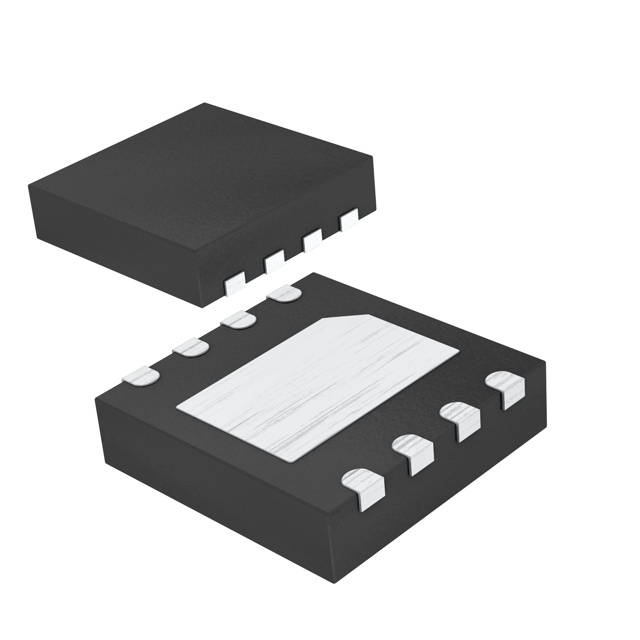
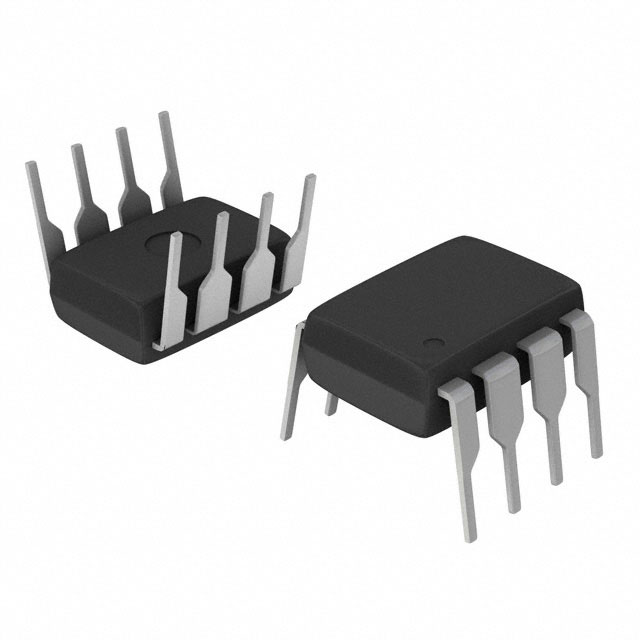
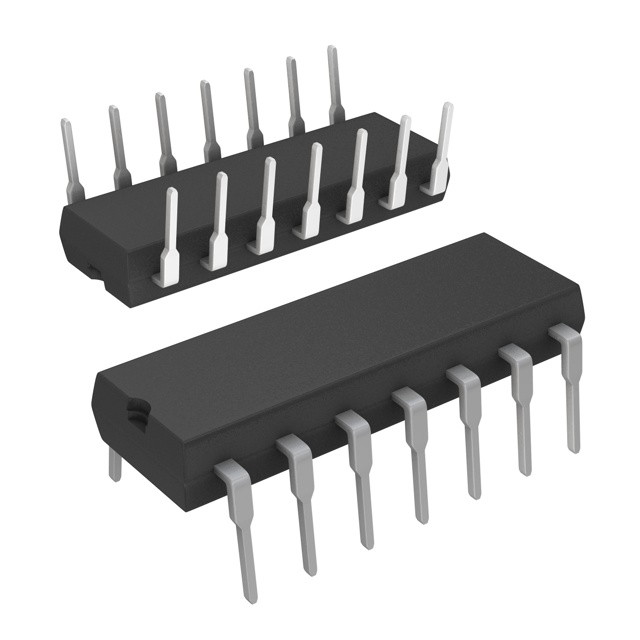
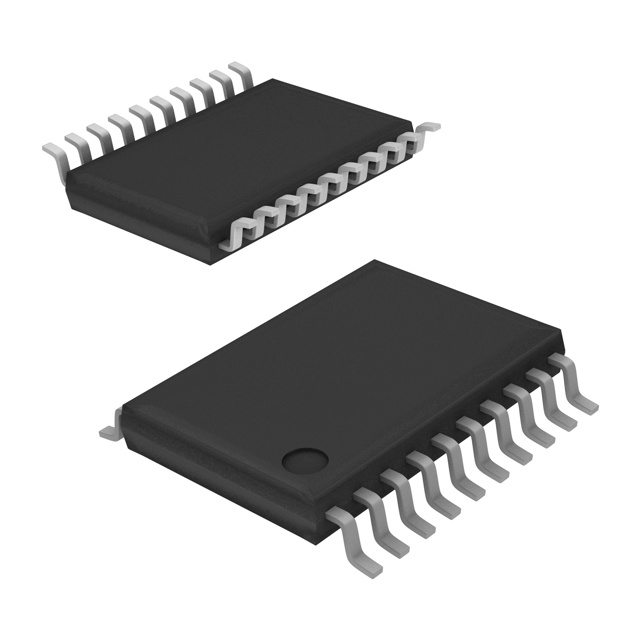
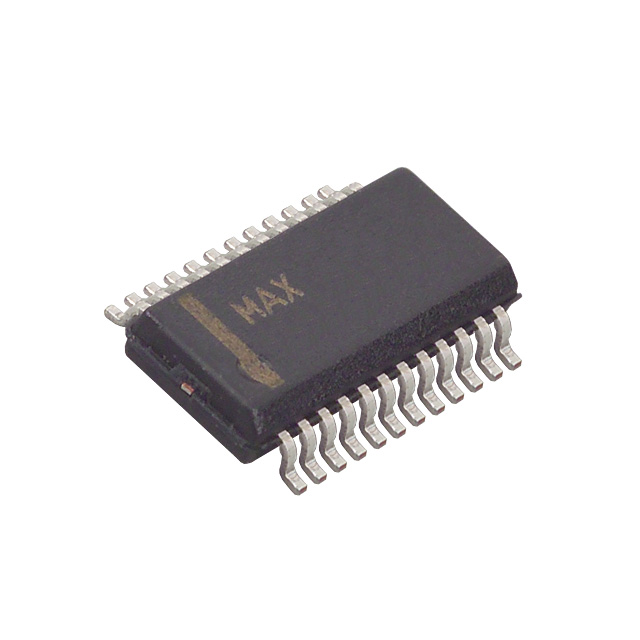
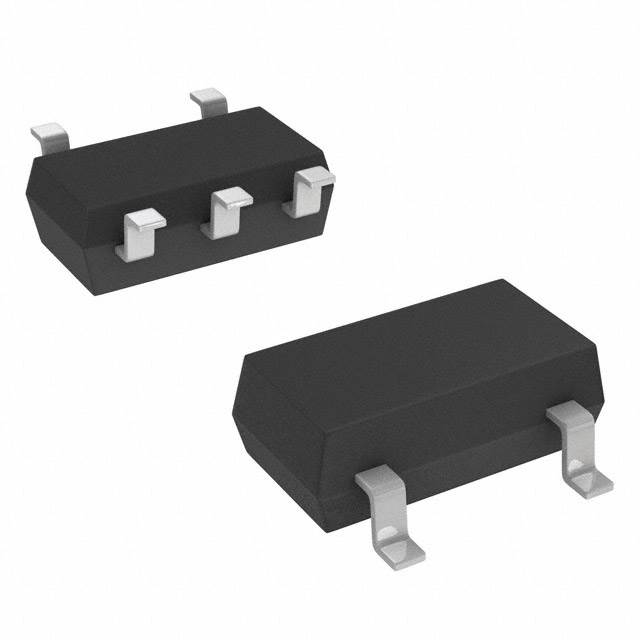
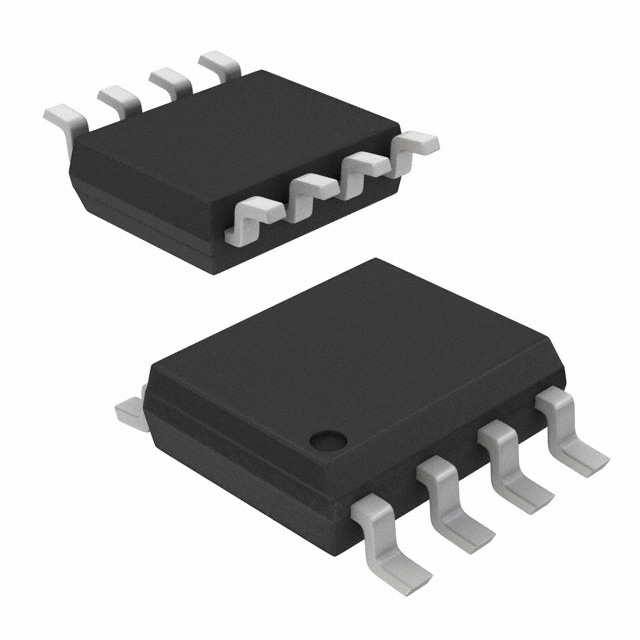
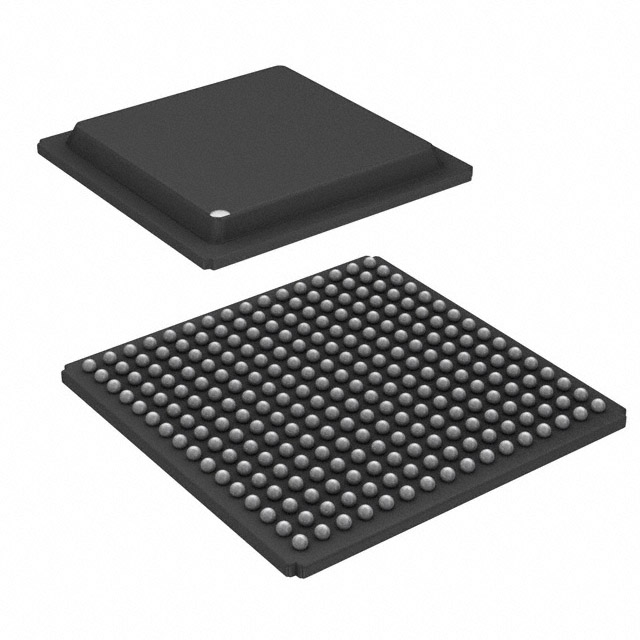
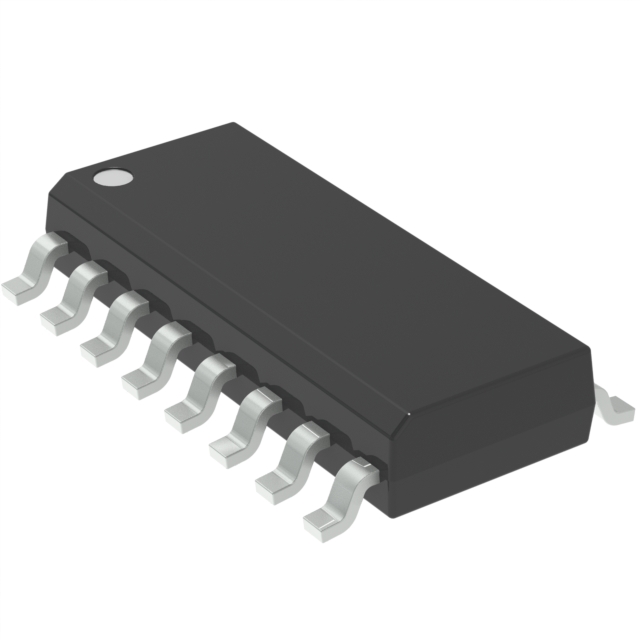
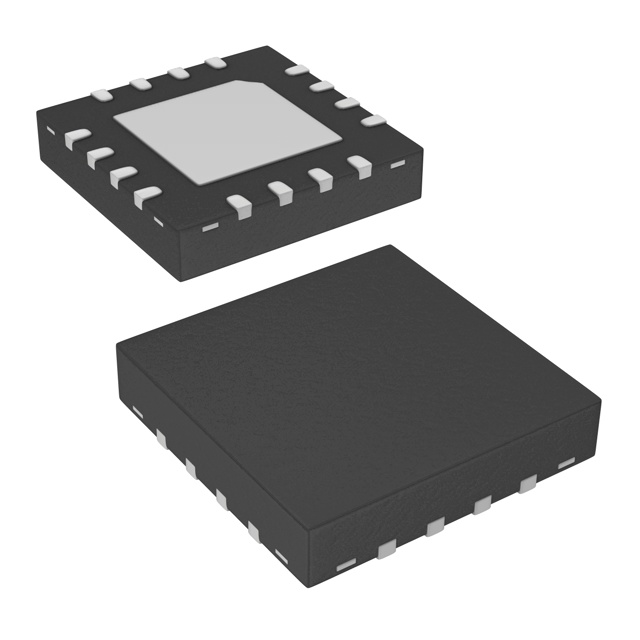
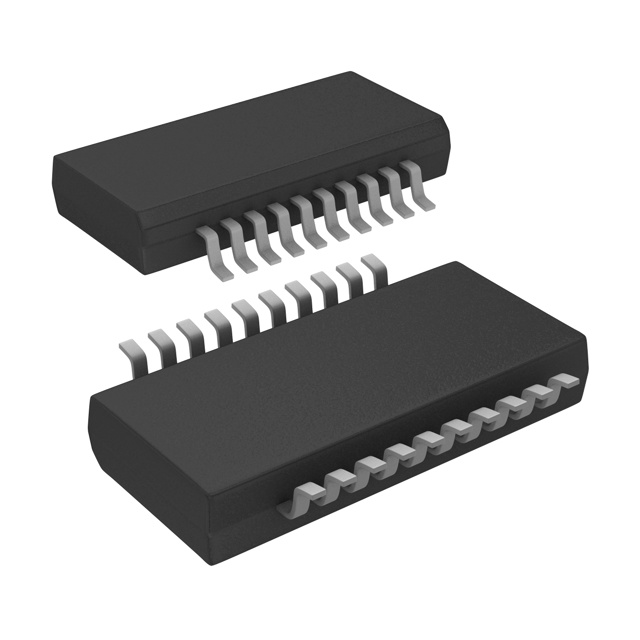
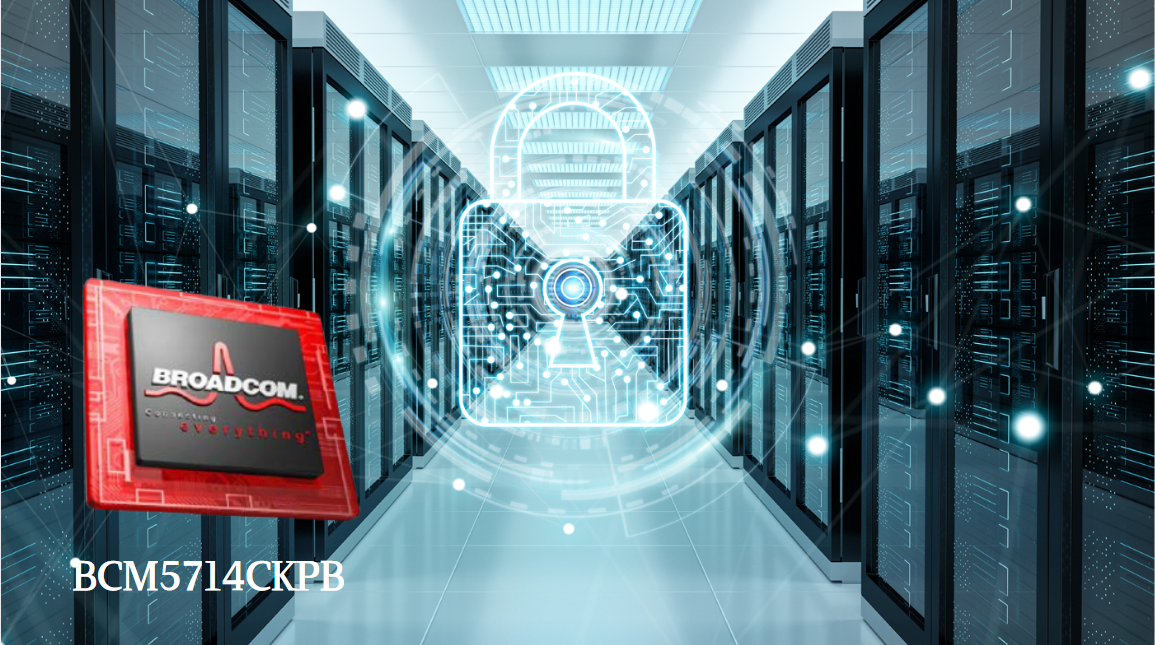
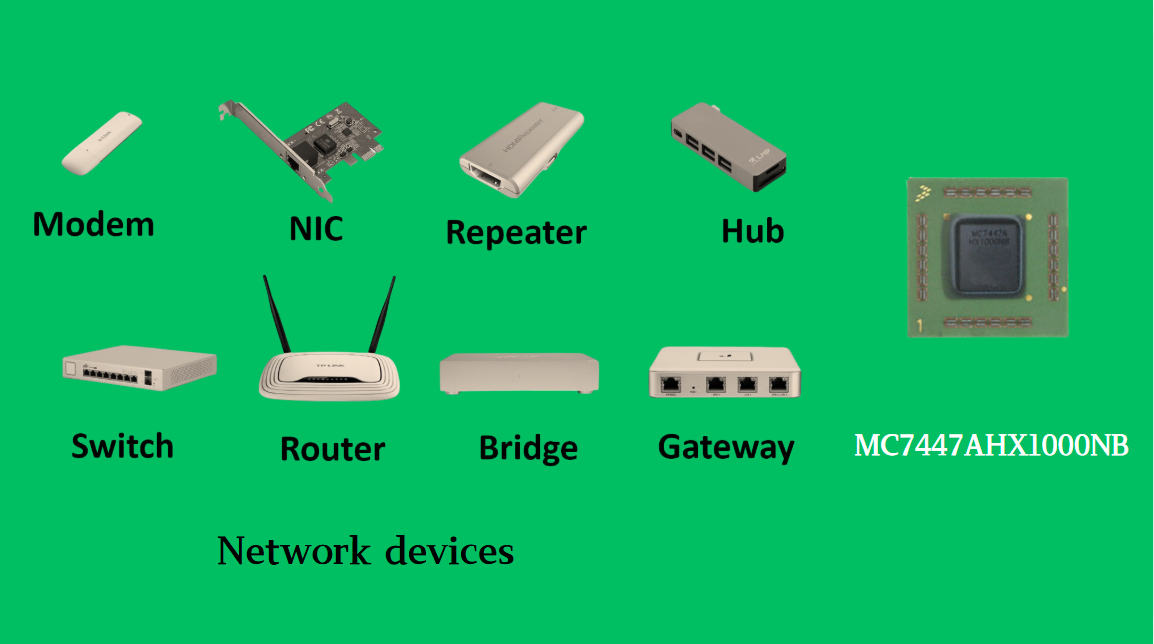
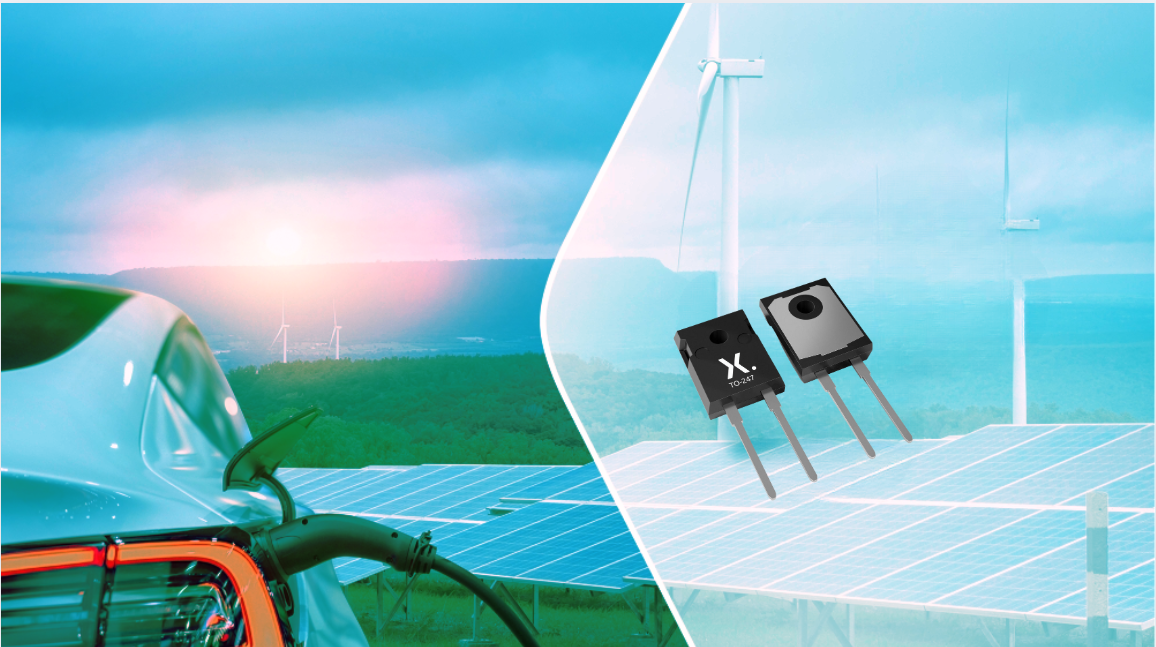







 Wishlist (0 Items)
Wishlist (0 Items) 